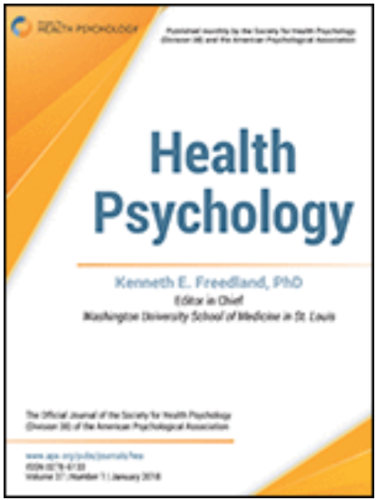 Greater numeracy is associated with higher likelihood to quit smoking. We examined whether numeracy supports learning of numeric health-risk information and, in turn, greater risk perceptions and quit intentions. Adult smokers (N = 696) viewed text warnings with numeric risk information four times each in one of three warning-label types (text-only, low-emotion pictorial [i.e., with image], high-emotion pictorial). They completed posttest measures immediately or 6 weeks later. Emotional reactions to warnings were reported the second time participants viewed the warnings. Numeracy, memory for risk probabilities and risk outcomes, risk perceptions, and quit intentions were assessed postexposures. Memory for risk probabilities and risk outcomes depended on warning-label type and posttest timing. Consistent with memory-consolidation theory, memory for high-versus low-emotion labels was lower immediately, but declined less for high-than low-emotion labels. Label memory was similar between conditions at 6 weeks. Numeracy predicted overall superior memory (especially for risk probabilities) controlling for health literacy and education. It also indirectly predicted greater risk perceptions and quit intentions via memory. In exploratory analyses, however, the superior recall of risk probabilities of smoking among those higher in numeracy was associated with lower risk perceptions. Conclusions: Numeracy is associated with superior risk memory, which relates to greater risk perceptions and quit intentions. More numerate and educated smokers may be better able to quit due to their superior learning of smoking’s risks.
Greater numeracy is associated with higher likelihood to quit smoking. We examined whether numeracy supports learning of numeric health-risk information and, in turn, greater risk perceptions and quit intentions. Adult smokers (N = 696) viewed text warnings with numeric risk information four times each in one of three warning-label types (text-only, low-emotion pictorial [i.e., with image], high-emotion pictorial). They completed posttest measures immediately or 6 weeks later. Emotional reactions to warnings were reported the second time participants viewed the warnings. Numeracy, memory for risk probabilities and risk outcomes, risk perceptions, and quit intentions were assessed postexposures. Memory for risk probabilities and risk outcomes depended on warning-label type and posttest timing. Consistent with memory-consolidation theory, memory for high-versus low-emotion labels was lower immediately, but declined less for high-than low-emotion labels. Label memory was similar between conditions at 6 weeks. Numeracy predicted overall superior memory (especially for risk probabilities) controlling for health literacy and education. It also indirectly predicted greater risk perceptions and quit intentions via memory. In exploratory analyses, however, the superior recall of risk probabilities of smoking among those higher in numeracy was associated with lower risk perceptions. Conclusions: Numeracy is associated with superior risk memory, which relates to greater risk perceptions and quit intentions. More numerate and educated smokers may be better able to quit due to their superior learning of smoking’s risks.
Authors
- Brittany Shoots-Reinhard
- Breann Erford
- Daniel Romer
- Abigail T. Evans
- Abigail Shoben
- Elizabeth G. Klein
- Ellen Peters

